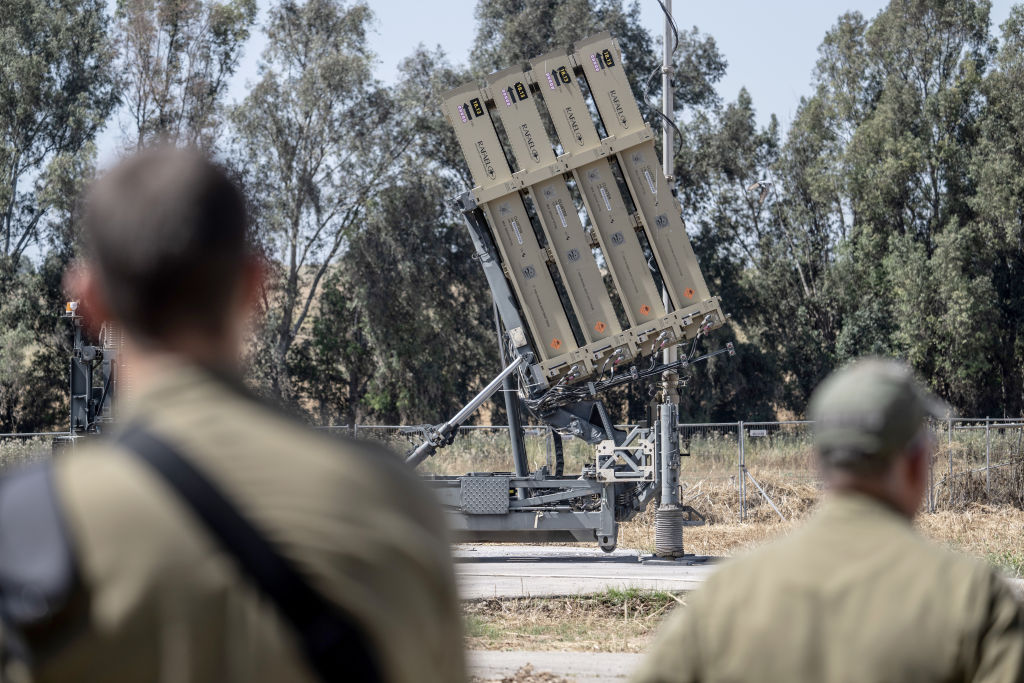Early Friday morning, April 19, Israel conducted a retaliatory strike against Iran. According to multiple reports, an attack took place in the Isfahan province, which is known to be the site of one of Tehran’s nuclear facilities. Information available so far suggests that this was more a warning a shot across the bow than a direct escalation. But how will Iran see it?
Details Light and Downplayed
Iranian officials have confirmed that there were explosions around Isfahan, but it seems so far they’re hoping to minimize any sensationalism. Second Brigadier General Siavash Mihandoust told state media there was “no damage” to the nuclear site and that the reported sounds of explosions were from the Iranian defense systems targeting a “suspicious object.” Other officials said that these “objects” were drones*, not missiles.
 Prior to this attack, Iran’s foreign minister, Hossein Amir-Abdollahian, publicly warned the Jewish state against creating a retaliatory escalation. Taking the position that last weekend’s 300 missile and drone barrage against Israel should be the end of the matter, he said:
Prior to this attack, Iran’s foreign minister, Hossein Amir-Abdollahian, publicly warned the Jewish state against creating a retaliatory escalation. Taking the position that last weekend’s 300 missile and drone barrage against Israel should be the end of the matter, he said:
“If the Israeli regime commits the great error once again our response will be decisive, definitive and regretful for them.”
Amir-Abdollahian continued, saying that the strikes against Israel were “our minimum response” but that any retaliatory action would be met “at a maximum level.” However, it seems Iranian leadership is not yet responding with fire and fury, suggesting that a de-escalation strategy may be underway.
A Message from Israel?
President Joe Biden told Israeli Prime Minister Benjamin Netanyahu to “take the win” in response to being able to shoot down 99% of all the missiles and drones launched at his country last week, but it seems his words fell on deaf ears.
Prior to the attack, it is being reported that Israel informed the Biden administration on Thursday that a response to Iran’s barrage would be coming within the following 24 to 48 hours. According to US officials who spoke with CNN regarding Israel’s notifications of a retaliatory strike, “the range of targets was ‘never specified in precise terms but nuclear and civilian locations were clearly not in that category.’” A targeted attack near a nuclear facility, however, would certainly appear a strong message that Israel is willing to – and has the capability to – escalate the situation.
What might Tehran make of this situation? The facts as currently known suggest that Israel sent a small squad of drones to the Isfahan region in order to let Iran know they are willing to target its nuclear facilities if things reach escalation. It seems that by not issuing bellicose statements and by letting Iran formulate its own narrative response, this also allows Tehran to save face – an especially important point in this region of the world.
Whether Iran has “gotten the message” is something that will no doubt become apparent over the next few days.
*Other reports suggest that it was not drones but long-range missiles.




